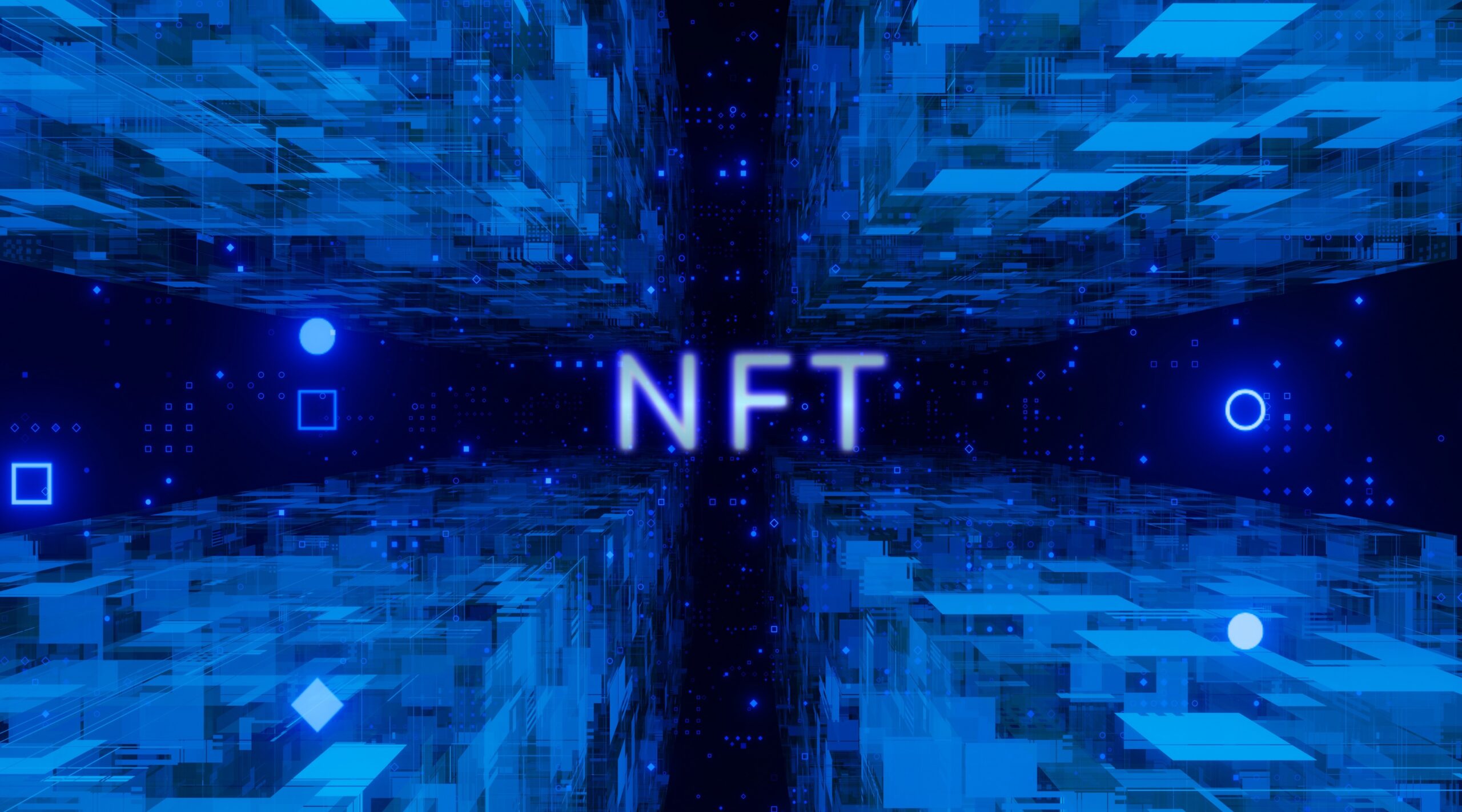NFT or non-fungible token is a digital assets used to represent actual objects like music, art, videos, and in-game items. NFTs are built with the same type of programming as cryptocurrency, like Ethereum and Bitcoin. Besides, they have the same underlying software as most cryptocurrencies. Typically, NFTs are sold and bought online, mostly with cryptocurrency.
As said earlier, NFTs are built with the same programming as cryptocurrency. However, this is where their similarity ends. Unlike NFTs, cryptos are fungible. That means they can be exchanged or traded for one another. Besides, cryptocurrencies have the same value. That is, one Bitcoin is equal to another Bitcoin. Because of their fungibility, cryptocurrencies have become a trusted way of doing transactions on the blockchain.
NFTs, on the other hand, is very different from cryptocurrencies. Every NFT has a unique digital signature, making it impossible for NFTs to exchange or equal one another. That’s why they are non-fungible. However, this doesn’t mean that NFTs are useless. They’ve grown in popularity since their inception. With that said, let’s look at the top reasons why NFTs are important.
Unmatched marketplace efficiency
NFT marketplace is fast, secure, and decentralized. In other words, the marketplaces for NFTs are free from any control or regulation because they’re on the blockchain. Besides, these markets are always open because their transactions aren’t restricted by time. These types of markets have surpassed traditional online marketplaces in several ways. For example, they don’t cost anything to use, and NFTs can be traded at any price.
Personalization through tokenization
As mentioned earlier, every NFT is unique in its way, like art pieces, music tracks, and video files where each has its unique information such as name and creator. So that means when someone acquires an asset (NFT), they also acquire a piece of information. Although it may not have any value in the real world, it can be used as proof that you were there first or some bragging right. Also, some artists are using NFT tech to prevent illegal copying of their work by creating an immutable signature on the blockchain, which is attached to each copy of the artwork.
Store of value for digital assets
NFTs tokenization has enabled people to store assets on the blockchain, making them highly secure and resistant to counterfeiting. This type of tokenization helps users prove ownership over virtual items listed on decentralized marketplaces. For example, CryptoKitties was one of the first games built on NFT technology, allowing users to purchase and breed digital assets.
Security and data immutability
Because NFTs are on blockchain-driven solutions, their history is fully transparent and unchangeable. Moreover, transactions involving NFTs are secure because they’re recorded on a distributed ledger network. This type of immutable database helps prevent any sort of tampering with records, whether accidental or intentional. Additionally, all digital assets belonging to one user are stored in one wallet, which means that the owner has full control over their assets at any point in time.
Enhanced authenticity and provenance
NFTs can be embedded with metadata which helps retailers and consumers prove the authenticity of their products. For example, NFTs can store product information such as its value and geographic location where it was made or sold. However, this type of information isn’t only limited to high-end items. The same concept applies to other goods, including sneakers, clothing, and art pieces used for years by individuals worldwide, making them globally recognizable assets.
Decentralized ownership
There’s a certain level of trust involved when people buy from online marketplaces, especially for expensive purchases. However, NFTs technology reduces this risk because it doesn’t rely on any central authority to hold the asset (NFTs).
Accurate and transparent accountancy system
Every transaction using NFTs is recorded on a blockchain, making them more transparent and accountable than traditional financial transactions. This type of record-keeping eliminates the need for double-entry accounting and reduces human mistakes when recording or managing transaction data. Besides, it’s easier for companies to demonstrate their compliance with government regulations related to taxes and business standards with this better transparency.
Enhanced inclusivity
NFTs tokenization has led to the creation of unique assets accessible to everyone regardless of their location or financial status. Before NFT, digital assets were always restricted to people with deep pockets. Until recently, one would need a high level of technical knowledge before owning any digital asset. However, thanks to NFTs advancements, this is no longer the case.
Creation of better economic opportunities
There’s no doubt that NFTs enable users to buy and sell both tangible and intangible assets. However, it also allows them to generate capital in exchange for their services through the development of Dapps (decentralized applications). Some examples include decentralized marketplaces like OpenSea and RareBits, which allow users to buy and sell virtual items (NFT) in a peer-to-peer fashion.
Tezos is an example of one such blockchain technology that uses its digital currency, which can be used as an incentive for validating transactions on the network. On the other hand, NEM allows developers to create custom tokens with advanced functionalities such as recurring payments or multiple signatories, which further simplifies real-world operations.





























